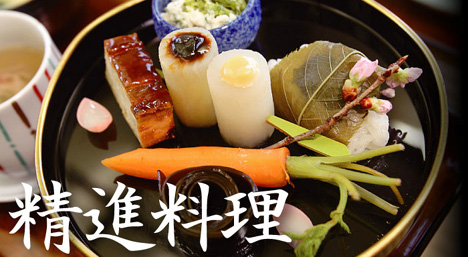
What It Means and Why It’s Important
Whether you have diabetes or are just trying to make healthy choices, you’ve probably heard that you should follow “a balanced diet.” But what is a balanced diet? Diabetes Forecast, the consumer magazine of the American Diabetes Association, seeks to answer that question and share helpful recipes in its June 2011 issue, which focuses on summer cooking and eating.
A balanced diet isn’t just for people with diabetes – it’s an important guide for anyone trying to follow a healthy meal plan. So what does it consist of – and, more important, how can it be applied in real-life settings?
One recommendation is to eat more nutrient-rich foods. “It’s a matter of really shifting away from the foods that are empty calories [to] the foods that are full of nutrients,” says Linda Van Horn, PhD, RD, professor of preventive medicine and associate dean for faculty development at Northwestern University’s Feinberg School of Medicine and chair of the 2010 U.S. Dietary Guidelines Advisory Committee. Examples of nutrient-rich foods include seafood with its omega-3 fatty acids – which are “good” fats that protect against cardiovascular disease – and fruits and vegetables, which provide potassium, dietary fiber, calcium and vitamin D.
Another example of nutrient-rich foods includes whole grains, which contain iron, B vitamins, magnesium and fiber. This doesn’t just mean having whole wheat bread instead of white or brown rice instead of white rice. Lesser-known whole grains can enrich your diet, too, so try some of Diabetes Forecast’s whole-grain recipes in the June issue, such as Minted Barley Salad or Amaranth Pudding.
Of course, the other side of a balanced diet involves eating less of the things that are bad for you, such as saturated and trans fats, sodium, refined grains and added sugar. These foods can increase your risk of diabetes and diabetes-related complications such as heart attack and stroke. In addition, consuming foods with added sugar means taking in extra calories instead of extra nutrients.
Finally, once you’ve identified what you should have more of and what you should have less of, be sure to keep a balance in your overall diet. That doesn’t mean you can’t have special foods for special occasions; just be moderate in your choices.
Read more ….
Whole grain recipes ….
Filed under: Food, Health, News and Articles | Comments Off on The Balanced Diet














